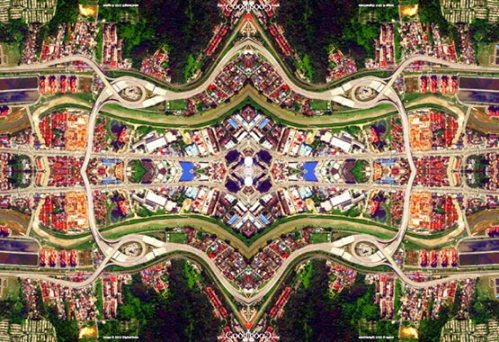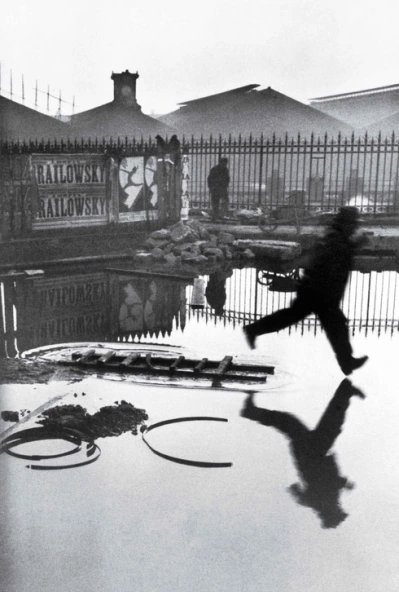
The Justin Art House Museum is opening tonight with this exhibition, Digital: the World of Alternative Realities. I’m one of the artists in this exhibition of contemporary digital art from the collection of Leah and Charles Justin. The galleries where the collection is on display share space in their extraordinary Prahran home. The museum is open to the public on Sundays and Wednesdays, click here for details.
“The works are predominantly non-figurative and abstract. The collection includes a diverse spectrum of art practice including painting, sculpture, works on and from paper, and photography.”
“This exhibition will explore the virtual worlds constructed by the artists, examining the notions of alternate universes, dystopian visions, through to providing social commentary on our existing world.”

The work I have in the show is from my Gooog series of a couple of years ago:
“The online software programme Google Earth is a vast mapping and surveillance project. Combined with Google Street View, it is the most ambitious photographic project in history. Through a simple mirroring process, the endless twisting and looping highways that criss-cross the planet become beautiful decorative designs, like tapestries or Persian carpets.”

That description leaves out a dystopian element to the work, because I wanted to create a beautiful representation of pointlessness. The images in Gooog are screen-captures of looping highways from Google Earth. The patterend effect was intended to create an image of futile, circling journeys like the pattern of ant paths seen from above.
The Gooog image sits well in the company on the gallery walls, as other works in the show share the same unsettling vision of the planet. Yang Yongliang, Gregory Bennett, Stephen Haley and others envision the world in vast repeating patterns of human settlement and behaviour. But not all of it is threatening. In his opening address, Charles Justin talked about the dilemma of taking a pessimistic or optimistic view of the earth’s future, joking that “a pessimist is an optimist who is a realist!”
In his opening speech, the acclaimed scientist professor Tim Flannery, linked the digital art processes in the show to the body’s own digitally encoded DNA, which produces the body’s protein. He made poetic observations about DNA, a digital system, producing the analogue protein and fat of the human brain, which in turn devises its own digital calculations for producing art.
.
 Henri Cartier-Bresson, Behind the Gare Saint Lazare, 1932
Henri Cartier-Bresson, Behind the Gare Saint Lazare, 1932 About where that man is walking, 24 year old Henri held his camera up against the fence and pressed the shutter just as an unknown man leapt across the puddle. It is a trivial moment captured for ever, with all the elements caught in a perfect equilibrium.
About where that man is walking, 24 year old Henri held his camera up against the fence and pressed the shutter just as an unknown man leapt across the puddle. It is a trivial moment captured for ever, with all the elements caught in a perfect equilibrium. 



















































